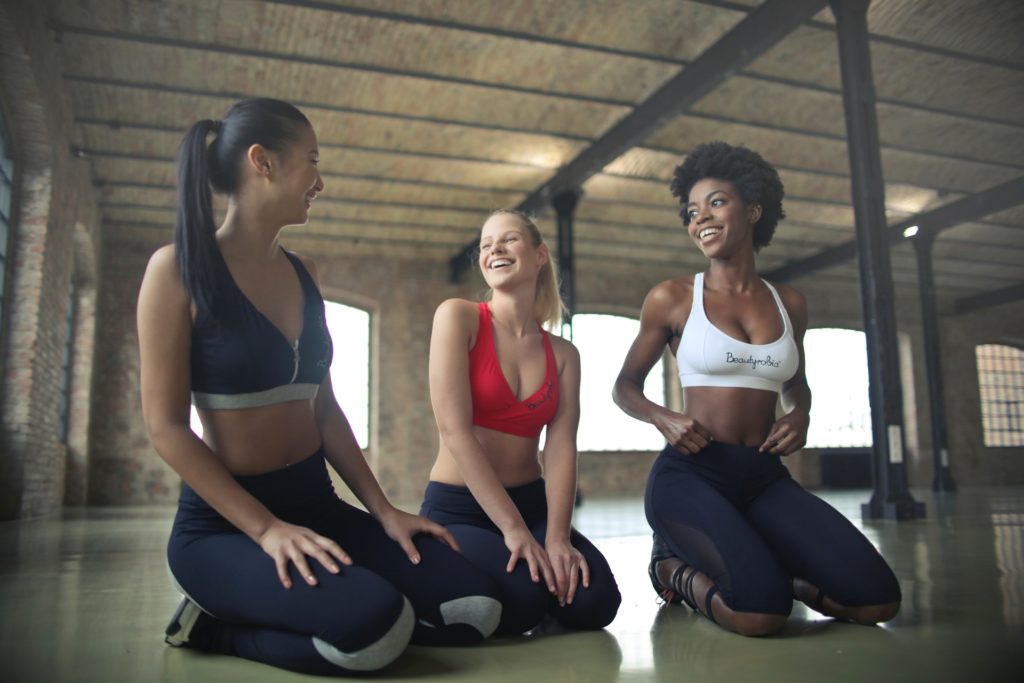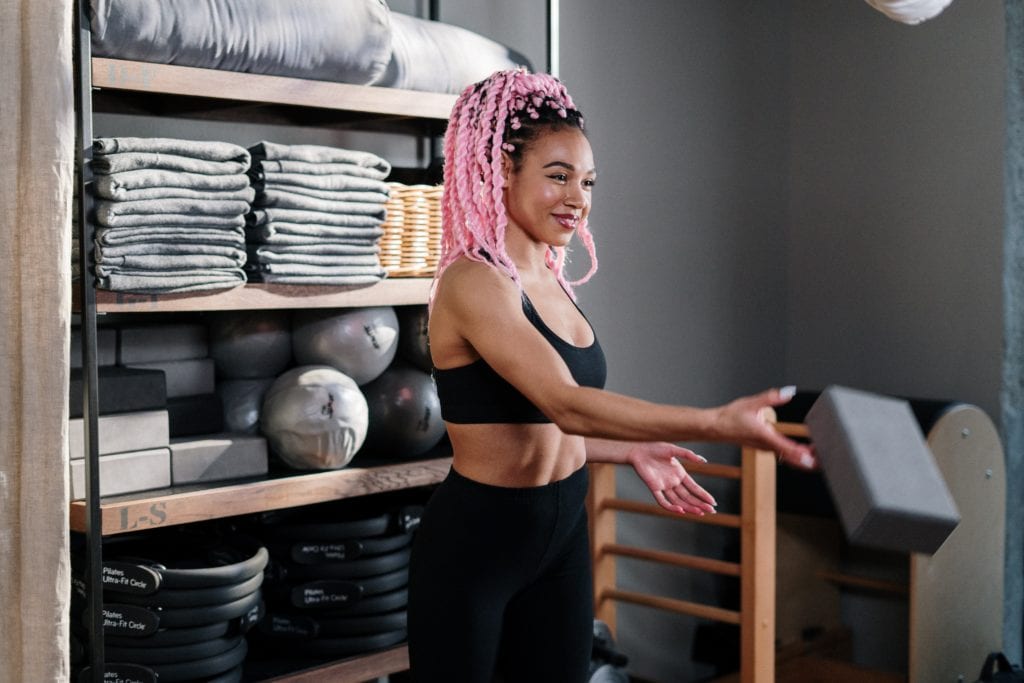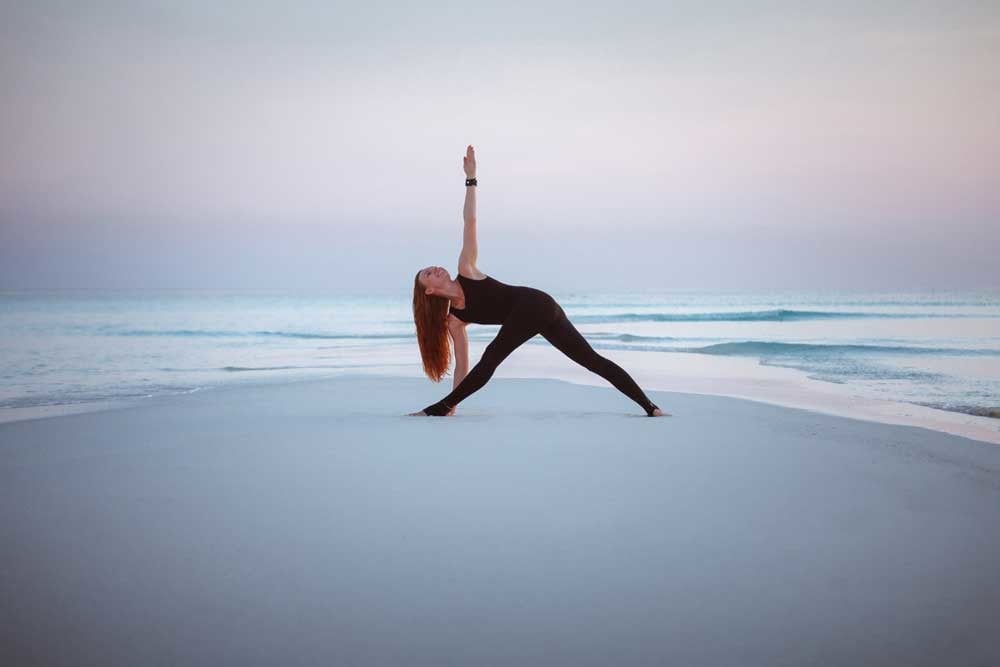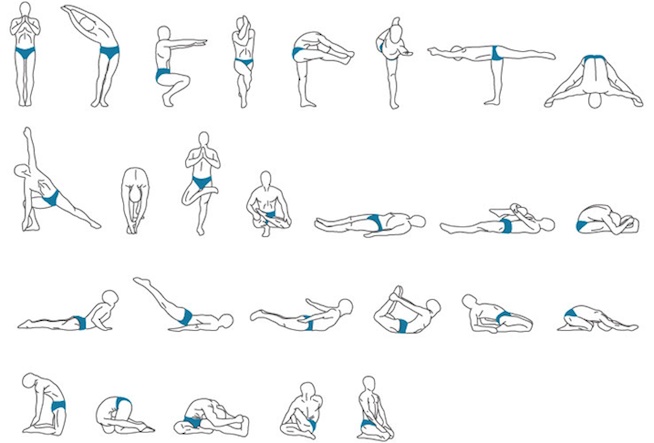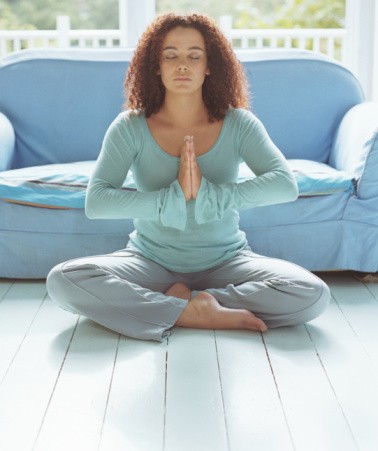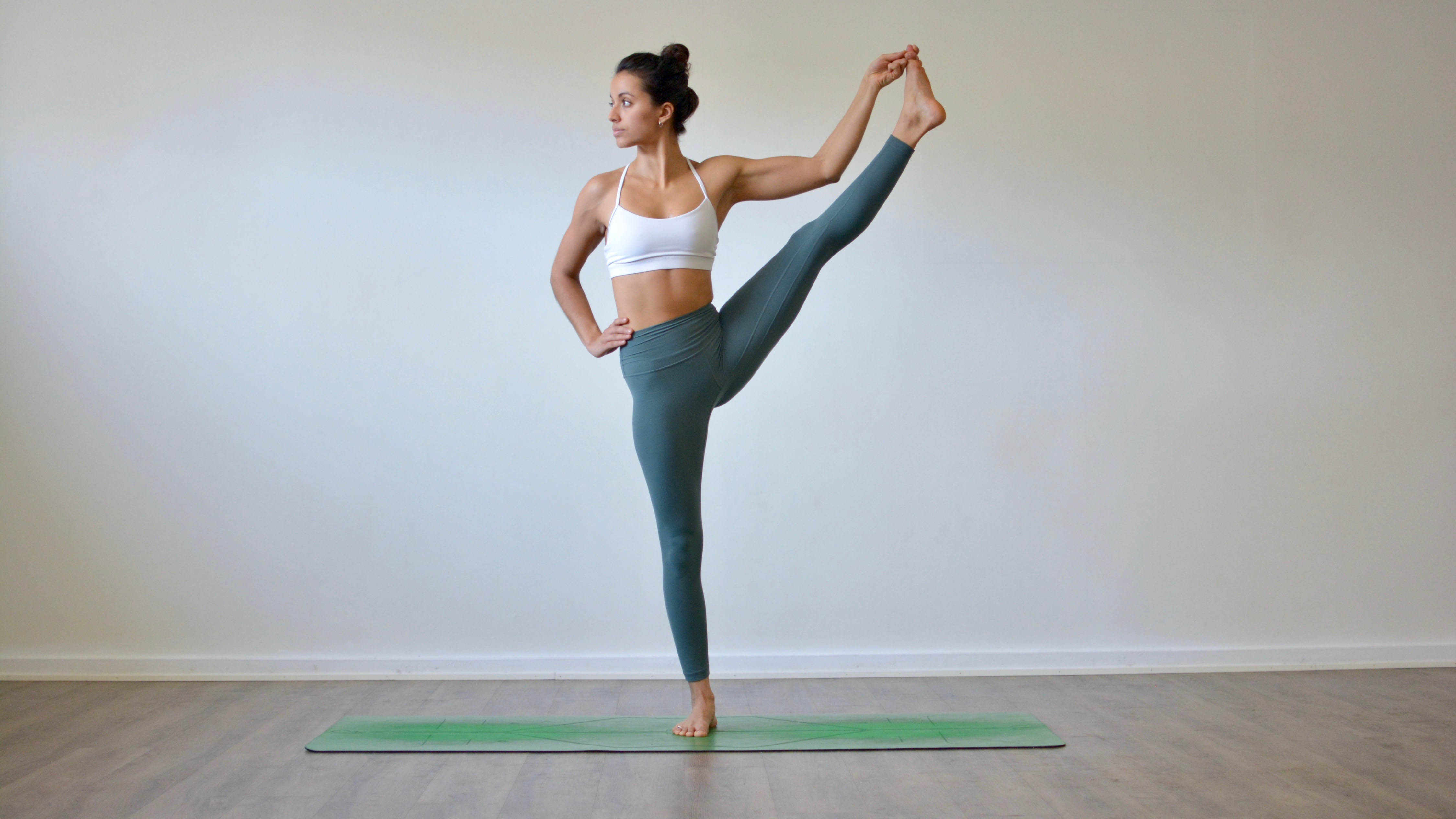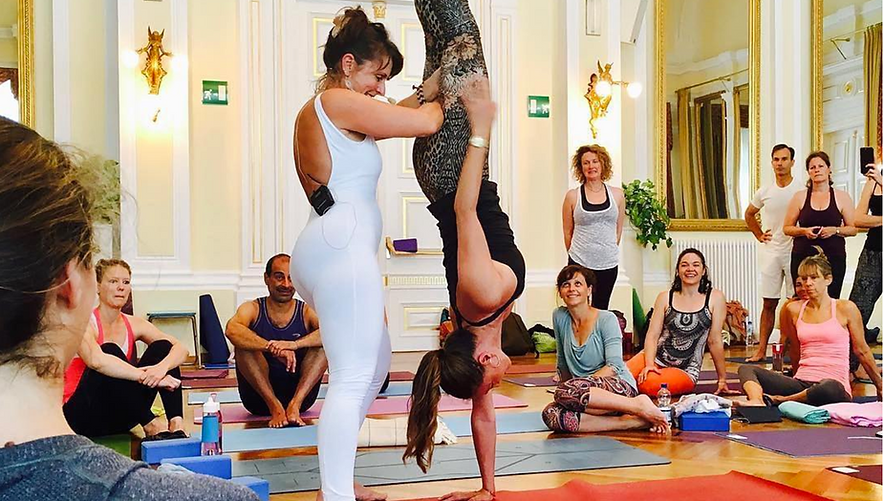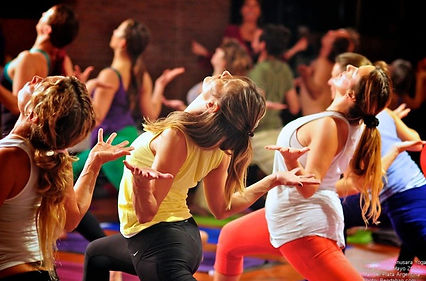5 Reasons Why You Should Try an Iyengar Yoga Class
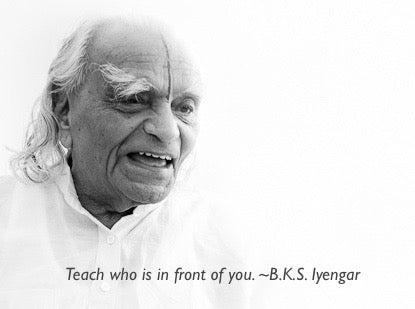
Many times at the end of my Iyengar yoga class I thank my yoga teacher for saving my life. Most of them, including my most cherished, long time Iyengar Teacher, Scott Hobbs, simply smile and acknowledge. As someone with a high stress job that involves lots of heavy lifting, my Iyengar practice has many a time healed my back and saved my sanity. I’ve asked Scott to weigh-in on some key benefits about Why You Too Should Try an Iyengar Class.
About. Grounded in a deeply mind-body-soul spiritual belief system, Iyengar Yoga was created by yoga master B.K.S. Iyengar who began teaching in Pune, India in 1936 at the age of 18 until his death at age 95. Today, his daughter, Geeta, and his son, Prashant—both accomplished teachers themselves—continue his teachings at the Iyengar Institute in India. Therefore, according to Scott, unlike many other yoga practices, Iyengar is a living, constantly evolving, progressive yoga method.The Iyengar family’s teachings are deeply grounded in the yoga sutras of Patanjali, an ancient summation of the path and philosophy of yoga considered to be at least 2,500 years old. B.K.S. Iyengar’s intense practice and over seventy years of teaching have produced significant innovations in the teaching of the art and science of yoga.
The Iyengar method develops self-awareness, intelligent evaluation, and profound inward reflection. The attention to detail and cultivation of awareness is meant to maintain physical safety in the practice, AND also to develop the[……]

